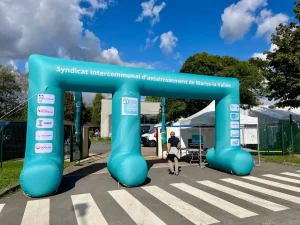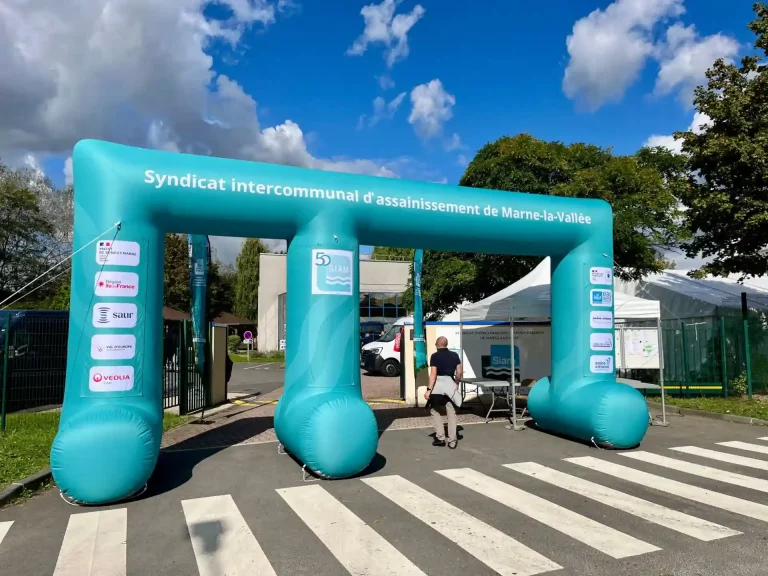Caring for the environment through pet aftercare highlights how eco-conscious choices can benefit both pets and the planet. Incorporating sustainable practices in pet aftercare, such as biodegradable burial products, eco-friendly urns, or even pet memorial gardens, allows us to honor our pets while reducing our environmental footprint. By choosing green options, pet owners contribute to a more sustainable future, ensuring that their love for their pets extends beyond their lifetime and aligns with caring for the environment.
Key Takeaways
- Reducing carbon footprint supports eco-friendly pet aftercare practices.
- Sustainable homes promote responsible waste management for pet remains.
- Lower utility costs enable investment in eco-conscious pet aftercare options.
- Eco-friendly construction materials contribute to a healthier environment for pets.
- Green building practices align with ethical pet ownership and sustainable pet products.
Importance of Sustainable Pet Aftercare
Ensuring the sustainable aftercare of pets is paramount in fostering environmental responsibility and ethical practices within the domain of pet ownership. Proper pet aftercare involves responsible waste management, sustainable pet food choices, and eco-friendly pet product selections. By implementing these practices, pet owners contribute to reducing their carbon footprint and promoting a healthier environment for both pets and humans.
Benefits of Eco-Friendly Home Construction
Eco-friendly home construction offers a multitude of environmental and economic advantages that can greatly impact sustainability efforts in various aspects of daily living. By using sustainable materials and energy-efficient design, eco-friendly homes reduce carbon footprint, conserve natural resources, and lower utility costs. These homes promote healthier indoor environments, improve air quality, and contribute to overall well-being, aligning with the principles of caring for the environment through pet aftercare.
Impact of Green Building Materials
Green building materials play a pivotal role in shaping the sustainability of construction practices by minimizing environmental impact and enhancing long-term durability. Materials like bamboo, recycled steel, and reclaimed wood reduce carbon footprint and energy consumption during production. Additionally, these materials often have lower levels of toxicity, contributing to healthier indoor air quality. Their use helps foster a more eco-conscious approach to construction, aligning with sustainable pet aftercare practices.

Eco-Friendly Practices for Pet Aftercare
Implementing sustainable practices in pet aftercare involves incorporating environmentally conscious methods to minimize the ecological impact of end-of-life pet care. This can include options like biodegradable pet caskets, eco-friendly cremation services, or natural burial sites. By choosing these eco-friendly practices, pet owners can honor their beloved companions while also contributing to a healthier planet for future generations.
Creating a Sustainable Environment for Pets
Establishing a sustainable habitat for pets involves carefully designing living spaces that prioritize environmental health and animal well-being. This includes utilizing non-toxic materials, promoting energy efficiency, and incorporating natural elements. Providing ample space for exercise and mental stimulation is essential for pets’ overall wellness. By creating a sustainable environment for pets, we not only benefit their health and happiness but also contribute to a more eco-conscious lifestyle in pet ownership.
Frequently Asked Questions
Can Eco-Friendly Home Construction Reduce Pet Carbon Pawprints?
Eco-friendly home construction holds promise in reducing pet carbon pawprints by implementing sustainable materials and energy-efficient designs. By creating a greener living environment, pet owners can minimize their pets’ environmental impact, contributing to overall sustainability efforts.
How Can Sustainable Pet Aftercare Benefit the Local Ecosystem?
Sustainable pet aftercare can benefit the local ecosystem by reducing chemical contamination from traditional burial practices, promoting biodiversity through natural decomposition, and minimizing land use for pet cemeteries, supporting a healthier environment overall.
Are There Specific Green Building Materials Suitable for Pet-Friendly Homes?
In creating pet-friendly eco-homes, consider materials like bamboo, low-VOC paints, and recycled content flooring. These options promote sustainability, durability, and pet safety. Prioritize air quality, non-toxicity, and renewable resources to harmonize with green living standards.
What Eco-Friendly Practices Can Help Minimize Pet Waste Pollution?
Implementing eco-friendly practices like composting pet waste, using biodegradable pet products, and minimizing plastic consumption can greatly reduce pet waste pollution. These practices align with sustainable principles and contribute to a healthier environment for all.
How Can Creating a Sustainable Environment for Pets Improve Their Well-Being?
Creating a sustainable environment for pets can improve their well-being by reducing exposure to harmful chemicals, providing clean air, and promoting physical and mental health. Access to green spaces and eco-friendly materials enhance overall pet quality of life.
Conclusion
To sum up, embracing eco-friendly home construction practices plays a vital role in supporting sustainable pet aftercare. By reducing our carbon footprint, conserving natural resources, and promoting ethical waste management, we create a healthier living environment for both humans and pets. The use of green building materials and sustainable practices not only benefits the environment but also contributes to the well-being and longevity of our beloved furry companions. This holistic approach fosters a harmonious relationship between pets and the planet.
Also Read: Self-Care Beauty Tips for Homeowners



